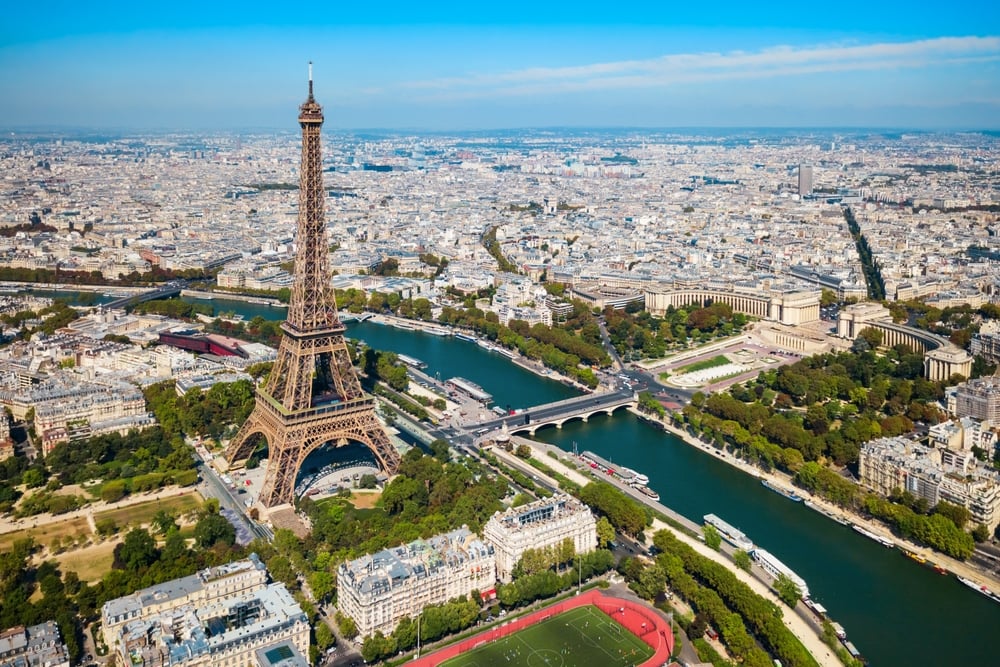One day in Paris is just a taste, but it’s a taste you won’t forget! Even with a limited amount of time, such as during a layover or a brief visit to France, you can immerse yourself in the city’s highlights. Here’s your guide to an unforgettable day, maximizing the amount of time you have in the city.
On my first trip to Europe, I visited London and Paris. I was in Paris for only a day, but I was still able to see and do a lot. Below are all of the attractions I was able to visit in one day!
Note: While some of my other itineraries (like this one) are suitable for cruise ship passengers, this itinerary is not ideal. The travel time between your port and Paris will significantly reduce the time you have for sightseeing. Additionally, please note that all times in this itinerary are approximate. Travel times between attractions can vary, so be prepared to adjust as needed.
Using the Paris Métro
The Paris metro is easy to understand even if you do not know French. You can buy a 1-day metro pass for €29.90 (€14.95 for children 4-9 years old) to use the metro around the city, which is the fastest way to get around. Read more and purchase tickets on the metro’s website here.
Even though you will be taking the metro on this itinerary, you will still do lots of walking, so wear comfortable shoes!
Musée d’Orsay or The Louvre and Tuileries Garden:
9/9:30am-12:30pm
Start your day bright and early by visiting one of Paris’s famous art museums!
Musée d’Orsay
How to get here: Take the metro on line 12 to the Solférino station.
After the Louvre, the Musée d’Orsay is the most-visited museum in Paris and all of France. This former train station-turned-art museum mainly showcases French art from 1848 and 1914 and houses the largest collection of Impressionist and post-Impressionist art in the world. While not as crowded as the Louvre, it will still be full of people, so I recommend booking a tour due to the limited time you have in the city. You can book a guided tour on the official website here, on Viator, or on GetYourGuide.
Tickets: €16 per person; tickets are free on the first Sunday of each month, but a reservation is required.
Hours: Tuesday through Sunday from 9:30am to 6:00pm, with extended hours on Thursday evenings until 9:45pm. The museum is closed on Mondays, January 1st, May 1st, and December 25th.
What time to go: Weekdays (Tuesday to Friday), right at opening at 9:30am.
To get to the Tuileries Garden from the Musée d’Orsay, just walk across the Seine and you’re there! You don’t need any tickets to access the garden.
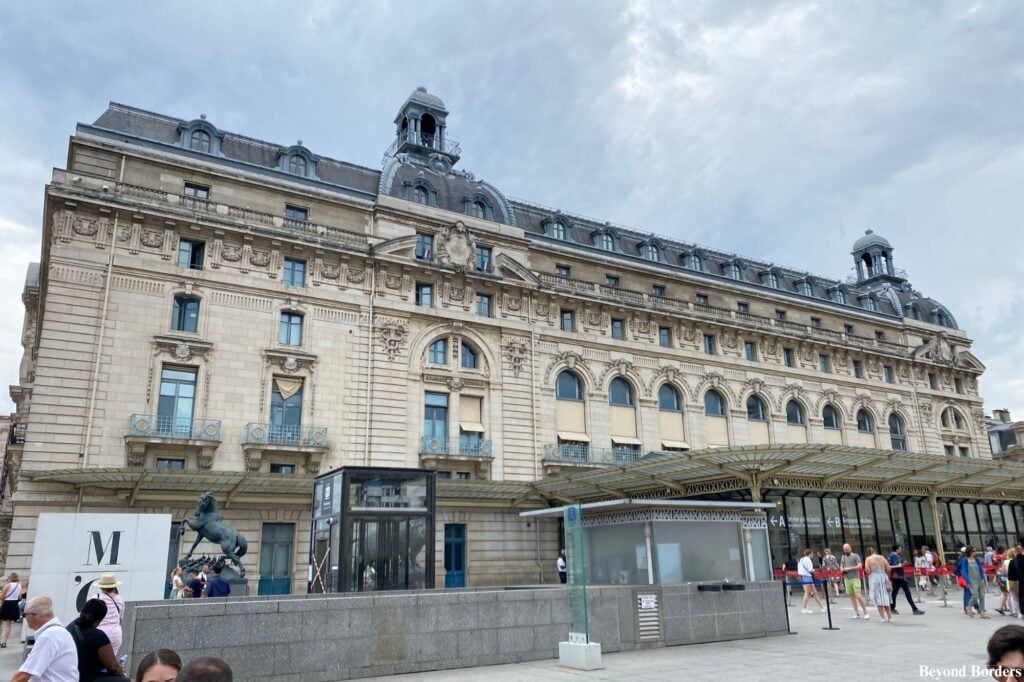
The Louvre
How to get here: Take the metro on line 1 to the Louvre – Rivoli station.
Famous for being the home of Da Vinci’s Mona Lisa, the Louvre is housed within a former royal palace and is the world’s largest and most-visited art museum. The museum also showcases thousands of other renowned works, including masterpieces like the ancient Greek sculptures Venus de Milo and Winged Victory of Samothrace, as well as paintings by artists like Delacroix and Rubens.
If you choose to visit the Louvre, I recommend opting for a skip-the-line tour (available on both GetYourGuide and Viator), as I suggested for the Musée d’Orsay, given the limited time you have in Paris. You can also book a guided tour on the Louvre’s official website here.
Tickets cost €22 per person; free for all visitors on the first Friday of each month after 6pm (except in July and August).
Hours: 9am-6pm on Monday, Thursday, Saturday and Sunday; 9am-9pm Wednesday and Friday; closed on Tuesdays.
What time to go: Weekdays in the morning, right at opening at 9am. Arriving precisely when the museum opens can give you a head start before the main crowds arrive. Head directly to popular works like the Mona Lisa first.
After your tour of the Louvre, spend time walking around the Tuileries Garden, located right next to the museum.
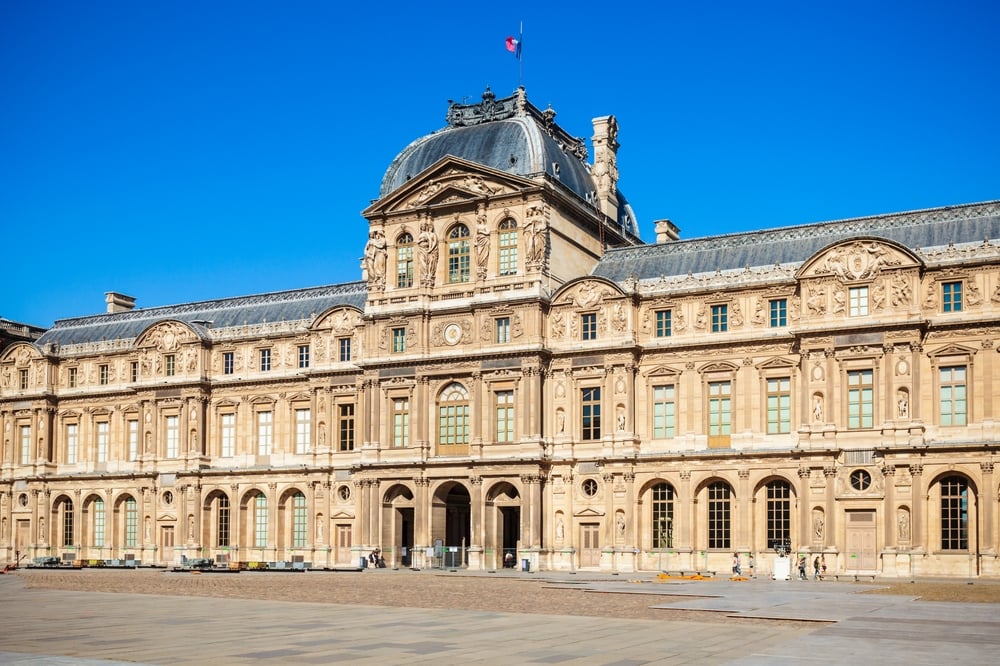
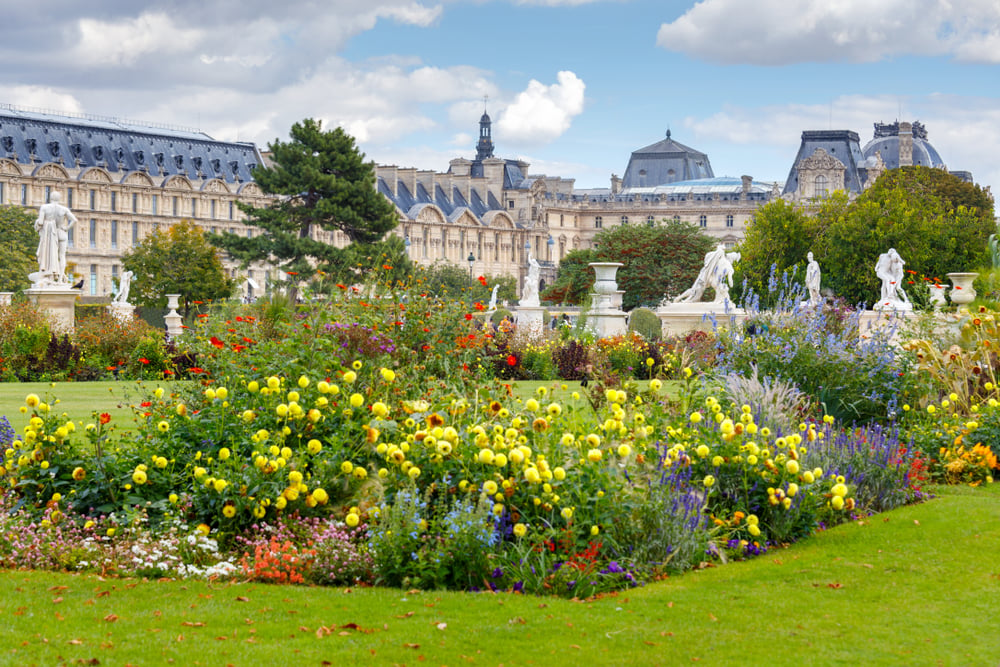
I decided to go to the Musée d’Orsay instead of the Louvre because I am a fan of Impressionist art.
Eiffel Tower and Champ de Mars:
12:45pm-1:15pm
How to get here from the Musée d’Orsay: Take the RER train from the Musée d’Orsay station to the Champ de Mars–Tour Eiffel station (the metro pass I mentioned above covers the RER train as well as the metro).
How to get here from the Louvre: Walk 10 minutes across the Seine to the Musée d’Orsay station to the Champ de Mars–Tour Eiffel station. This is the fastest way to get there.
Arguably the most iconic and famous landmark of Paris, the Eiffel Tower was once the tallest building in the world and was originally intended to be a temporary structure for the 1889 World’s Fair. It is a breathtaking feat of engineering that continues to mesmerize millions of visitors each year.
More than just one of Paris’s several parks, the Champ de Mars serves as a stunning foreground to the Eiffel Tower, providing an ideal vantage point for photos and where Parisians and tourists alike come to relax and play. I recommend spending a maximum of 30 minutes here to take photos and relax before getting lunch.
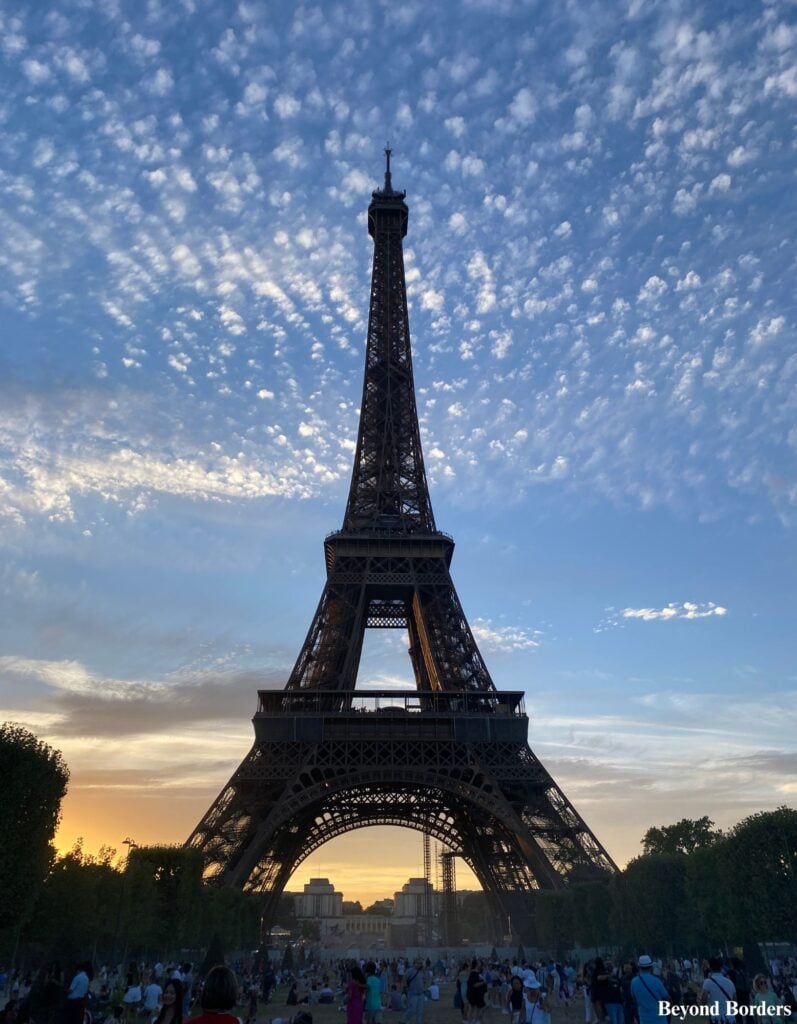
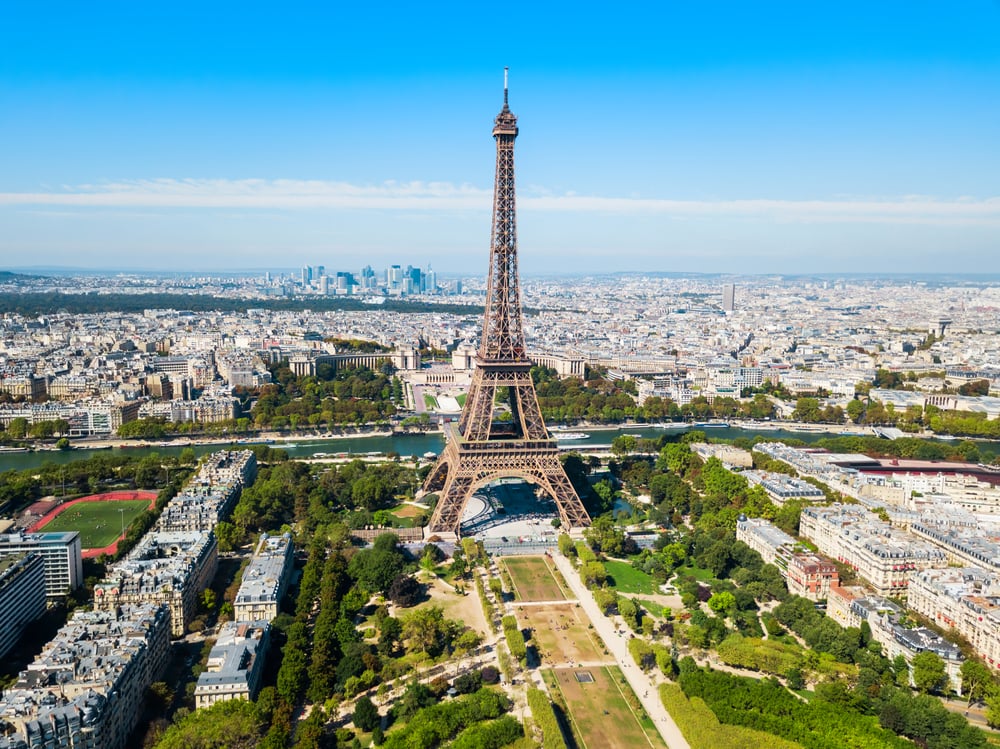
Arc de Triomphe, Avenue des Champs d’Elysées, and Lunch:
1:45pm-3:30pm
How to get here from the Eiffel Tower and Champ de Mars: Walk 10 minutes to the Bir-Hakeim metro station and take the metro on line 6 to the Charles de Gaulle – Étoile station.
Start your journey at the Arc de Triomphe, a tribute to Napoleon’s military victories and now home to the Tomb of the Unknown Soldier. After taking pictures, make your way down the Avenue des Champs-Élysées, arguably the “most beautiful avenue in the world.” Stretching for nearly 1.25 miles (two kilometers) between the Arc and the Place de la Concorde, you’ll find plenty of opportunities for lunch as you walk and take in centuries of French history and culture.

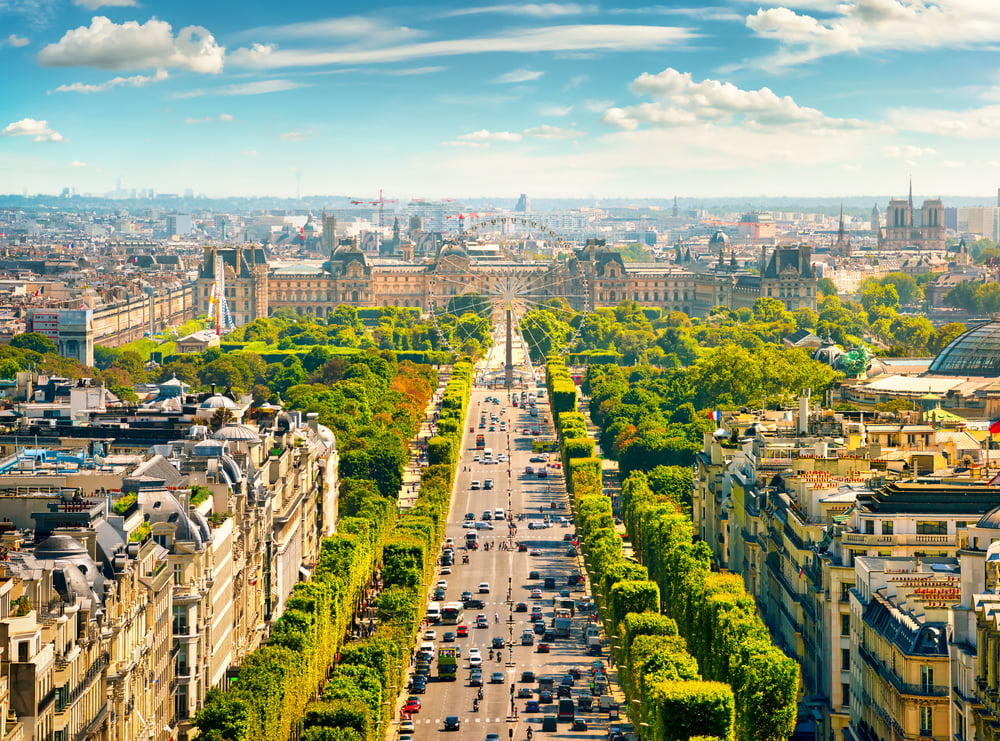
Basilique du Sacré-Cœur de Montmartre:
4:00pm-5:00pm
How to get here from the Av des Champs-Elysées: walk to the Concorde metro station and take the metro on line 12 to the Abbesses station. Walk another 10 minutes until you reach the Basilica. Note: The Abbesses station is very deep underground, so take the elevator to ground level instead of walking up the 144-step spiral staircase. Also, as you walk to the Basilica, you will be walking up a lot of stairs.
Walking directions from Abbesses: Walk north on Rue la Vieuville toward Pl. des Abbesses. Stay left to stay on Rue la Vieuville. Then, continue straight onto Rue Drevet (here, you have to take the stairs). Make a right onto Rue Gabrielle, then make a left onto Rue Chappe (here, you have to take the stairs). Make a right onto Rue Saint-Éleuthère, and continue straight onto Rue du Cardinal Dubois. Make a left on Parv. du Sacré-Cœur, take the stairs and you will arrive at the Basilica.
The Sacré-Cœur Basilica is also the second most popular tourist destination in Paris after the Eiffel Tower! It is located on Montmartre, a 430-foot hill that gives its name to the surrounding neighborhood. It is free to go inside the Basilica, but the line gets long, fast. There is an entrance fee if you want to climb to the top of the dome for the panoramic view of Paris. Access to the crypt also requires a separate ticket.
Tickets for the dome climb and the crypt at the Sacré-Cœur Basilica are only available for purchase on-site at the ticket office. You cannot buy these tickets in advance online. The entrance to the ticket office for the dome is located to the left of the main entrance of the basilica. While the dome offers a fantastic view and the crypt has historical significance, I’d recommend against purchasing tickets for them. Since this is your last stop, waiting in long lines for the dome or crypt could easily eat up the time you’ve set aside for dinner or getting ready for your next destination.
The Basilica has unique Romano-Byzantine architecture and was conceived in the late 19th century and consecrated in 1919, after World War I. Its construction, with its large central dome and four smaller domes, makes it instantly recognizable against the Parisian skyline. The basilica is not only a monument but also an active place of worship.
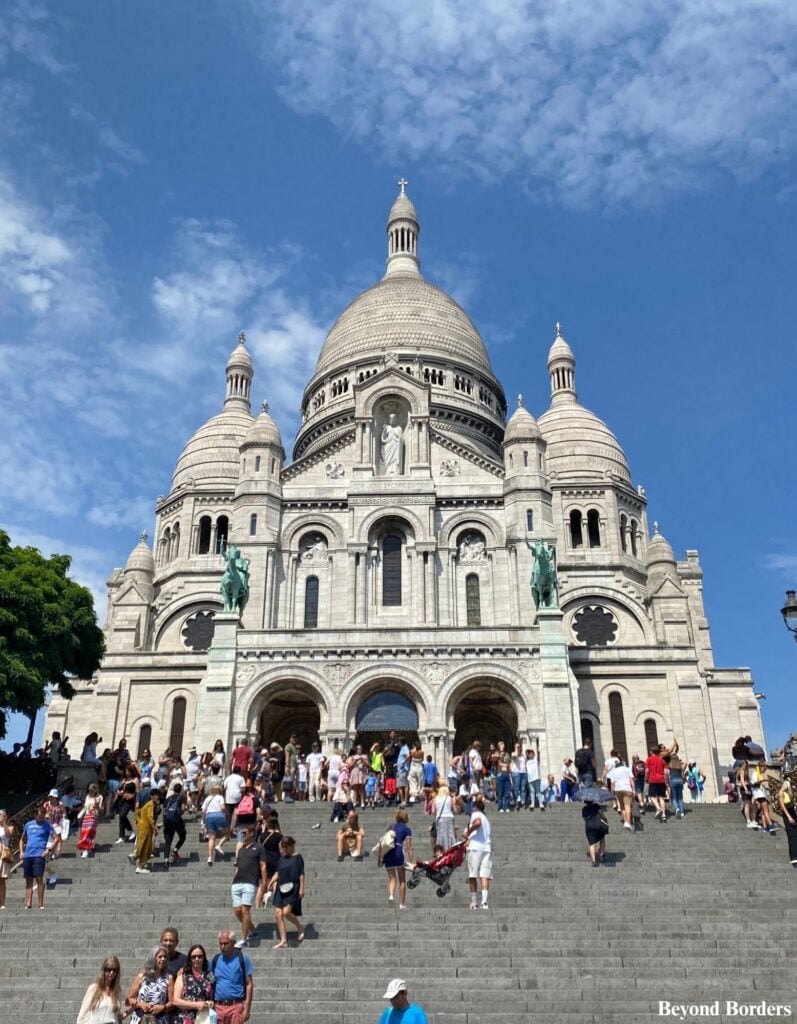
Dinner
For dinner, I recommend trying So Italia, an Italian restaurant, which I mentioned in my 5-day Paris itinerary as a food recommendation. Popular authentic French restaurants include La Jacobine, Le Colimaçon, Brasserie des Prés, Au Bourguignon du Marais, Chez Marcel, and Les Marches. For dessert, indulge at Richart, a locally beloved shop known for its exquisite macarons and luxurious chocolates, or perhaps stop by Pozzetto or Amorino for some of the city’s finest gelato.
Conclusions
I hope this itinerary gives you a perfect taste of what Paris has to offer! While one day isn’t enough to see everything, this curated experience helps you make the most of your time by hitting many of the city’s key landmarks. Even a brief visit can be incredibly rich and rewarding, leaving you eager to plan your return trip!

